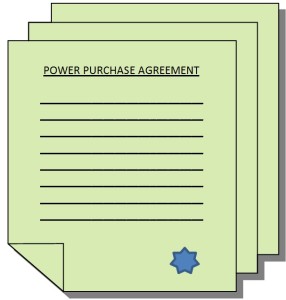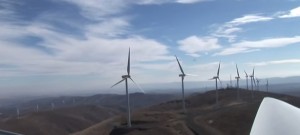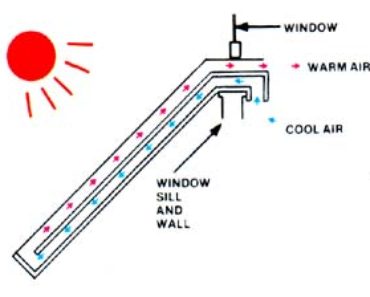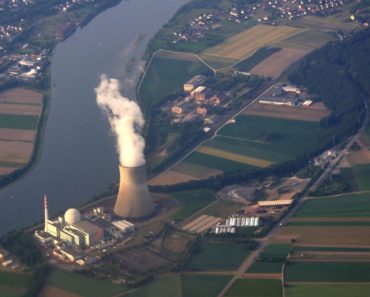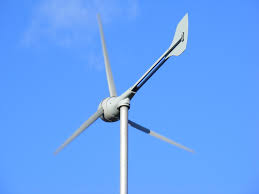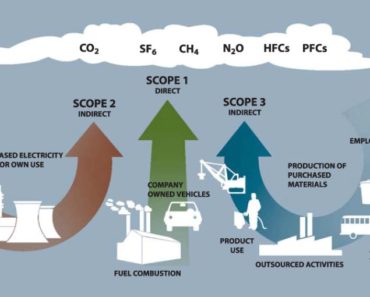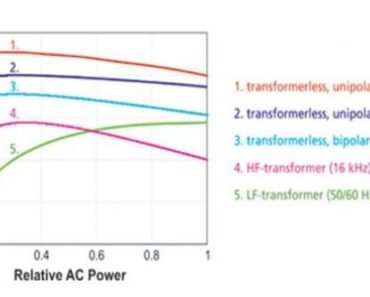Contents
This article attempts to simplify the understanding of a legal document widely used in the energy market called the Power Purchase Agreement or PPA. The study of this document is being incorporated in many Renewable energy courses across the world. For simplification, this article avoids the use of unnecessary legal technical terms.
What is a PPA?
Power Purchase Agreements (PPA) in short defines an arrangement between the power supplier and the Off-taker. The power supplier herein implies the party that owns and manages a power plant (power producing machinery) while the Off-taker herein refers to the purchaser of energy. The word “Seller” instead of off-taker is also used in the agreements. This is because in a majority of cases the off-taker is a utility company that sells the purchased energy to an end user. A PPA defines the scope of responsibilities for both parties.
Why are PPA’s so important?
About a decade ago, PPA’s were drawn between large scale power producers and utility companies. It was a document of great importance and many specialized law consultancies were used by both parties to draw an agreement with care and diligence and protect their rights. A poorly construed PPA could render a project unfeasible for the supplier and therefore it was the agreement rather than the efficiency of the energy system that would determine the lucrativeness of a project. It was because large scale energy suppliers were so far and few between that not much was known about PPA in the public sphere.
With the advancement in renewable technology, the energy infrastructure has changed drastically. Many small scale energy producers now feed power to the grid. Some of these systems only have capacity in kilowatts as opposed to Mega or even Gigawatts supplied by large scale producers. The grid of the future (smart grid) is heading towards a much more decentralized model. This means that the grid will be fed with a large number of small scale systems rather than a few large scale power plants. Most conventional technologies such as nuclear cannot be downscaled. Others such as coal fired powered plants can be scaled down but at reduced feasibility. Renewable systems on the other hand such as PV are scaleable.
This trend of moving towards small scale production of energy has seen an upshot because of renewable energy initiatives introduced by several governments. It is because of the subsidies, grants and incentives that today, many individuals find themselves dealing with large utilities for selling their power to the grid. And this is how PPA has come to the mainstream and therefore its study is important.
Companies that deal with installing and commissioning of Renewable energy devices also now provide services that check PPA’s offered from utilities for additional fee.
What is embodied in a PPA?
One of the main features of the PPA is settling the rates of purchased electricity. This rate is offered by the Off-taker based on several factors. It takes into account the measured or calculated energy resource data for the site. In case of wind turbines therefore annual wind resource is assessed and solar insolation is measured for solar PV or Solar Thermal systems. The other factor that influences the rate is the steadiness of supply.
It should be noted that if an energy supplier can ensure a certain amount of power supply or fixed pattern of supply than higher rates can be negotiated. Renewables resources as is well known are intermittent. For a power plant that furnishes a steady supply, additional machinery may be required such as a energy storage systems, back up generator or a gas fired turbine. This added cost for the storage system can be offset through higher rates.
Scope and Responsibilities
When a PPA is drawn it sets out responsibilities for each party. Following are generally the role and responsibilities of the energy producer:
- Ensure that the system is running smoothly and report for any accidents.
- Ensure that the routine maintenance is carried out promptly and and down time is notified well before schedule.
- Ensure that energy is supplied to the grid at peak times (if agreed) and its consumption at supplier’s end is minimized.
- Ensure that planning permission, site legalities and insurance requirements are fulfilled.
- Ensure that supply line to the agreed point of delivery (normally a substation) is maintained functional and any damages are taken care of promptly
Following are generally the role and responsibilities of the off-taker:
- Ensure a constant stream of income for the producer
- May or may not pay only for actual energy delivered
- Ensure that energy is smoothly following after the agreed upon point of delivery
- Maintain the supply line after to point of delivery
- Assist the supplier in providing information, confirmations and consents necessary for supplier to obtain financing for the Power station;
It should be noted that PPA’s are more for the protection of each party and majority of its clauses only come under scrutiny when operation is not running smoothly. Although the PPA is a binding agreement but it has termination clauses and in case of any breach of the agreed responsibilities the other can opt out.
Often a third party, such as the Grid manager (such as National Grid) may also be included in the agreement because of their role in transmission and load balancing to work closely with the supplier and the off-taker.
A major area of concern in the PPA is the payment of power that is not taken up by the Grid at the behest of the grid keepers. Such a scenario often arises when there is already too much electricity in the grid or when grid balancing is required in an emergency situations. The PPA than defines which party would be responsible for payment or absorb losses in such cases.

